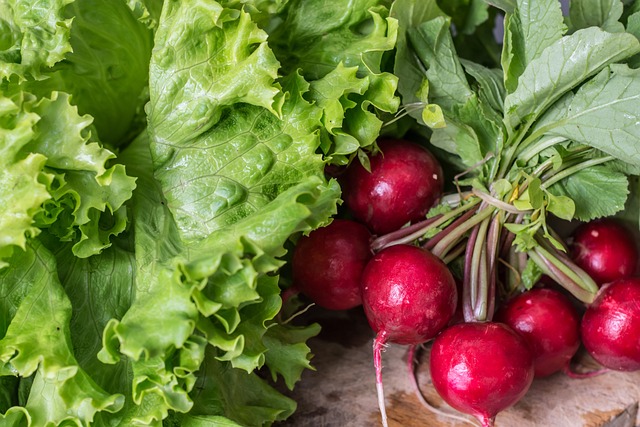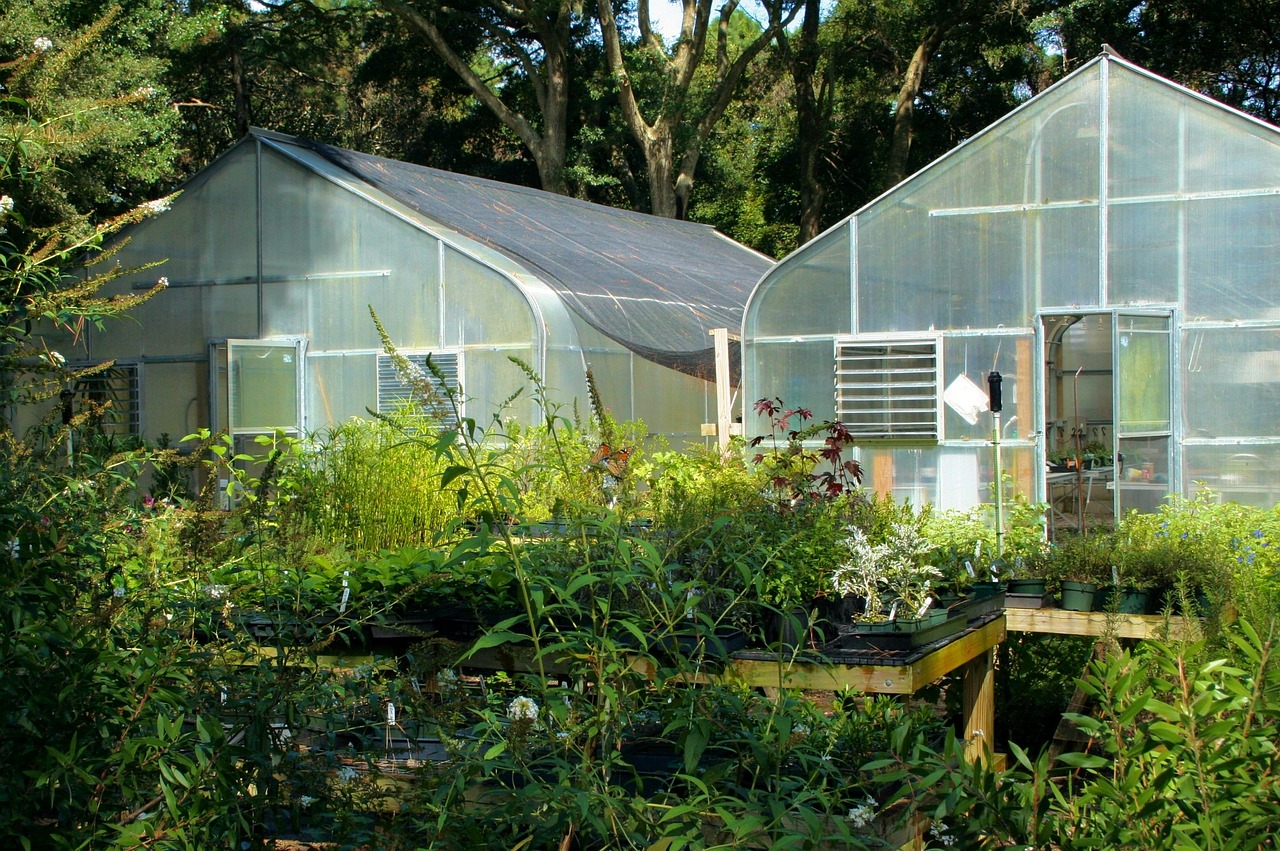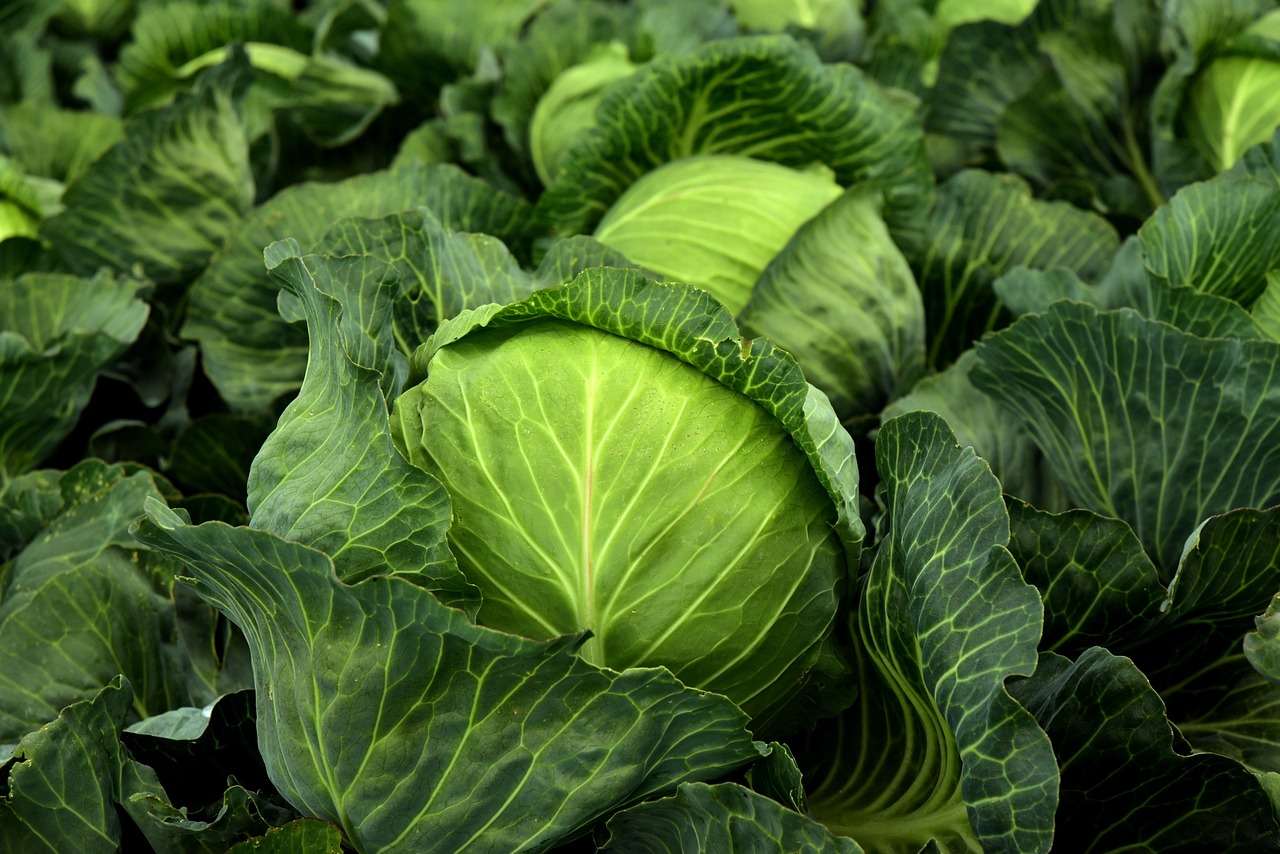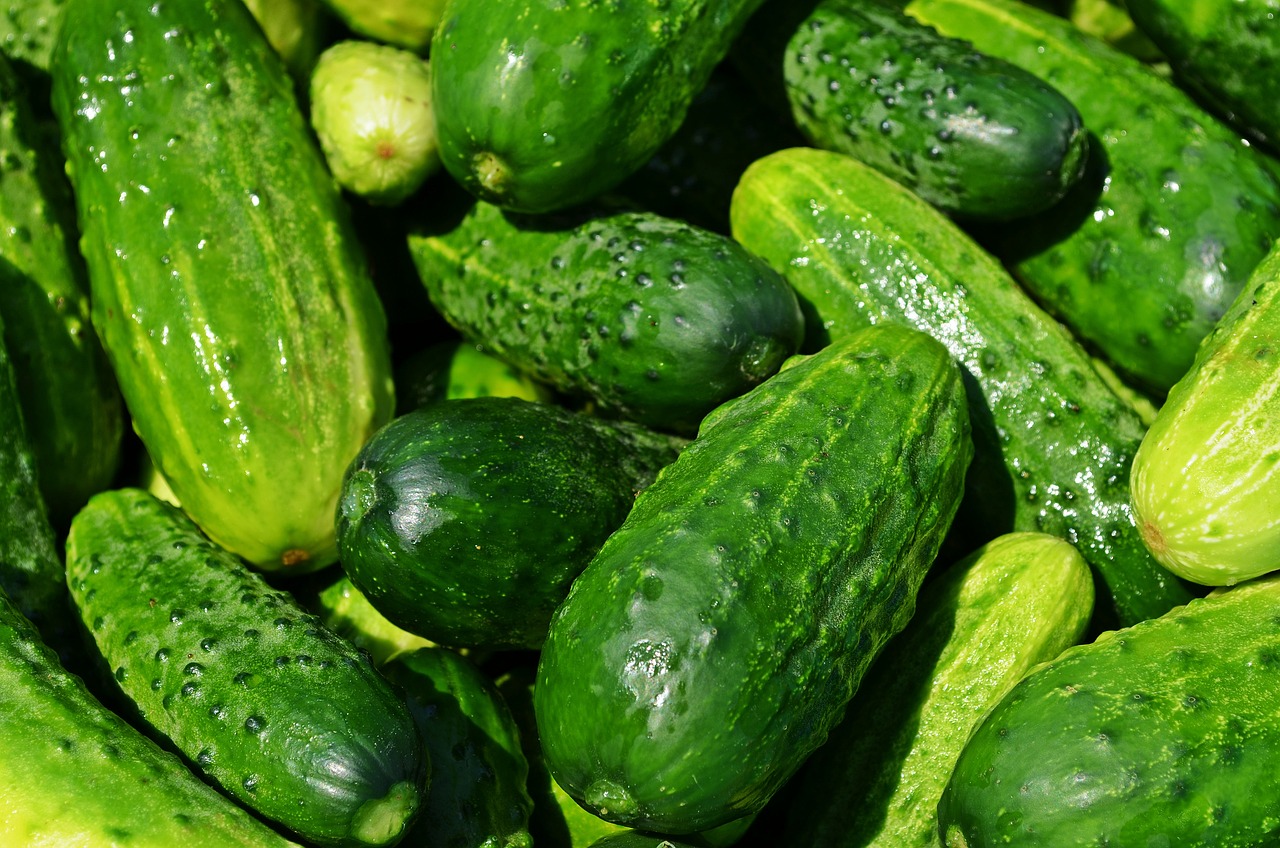Are you ready to take your gardening skills to the next level and start an organic garden at home?
Organic gardening offers a variety of benefits, including the ability to grow nutritious and flavorful produce without the use of harmful chemicals.
Whether you’re a seasoned gardener or a beginner, this guide will provide you with the knowledge and tools you need to successfully grow your own organic garden.
The first step in starting an organic garden is choosing the right location.
You’ll want to select an area that receives plenty of sunlight, has good drainage, and is free from potential hazards such as toxic chemicals or heavy traffic.
Once you’ve found the perfect spot, it’s time to prepare the soil and select the right plants for your garden.
With a bit of effort and dedication, you’ll soon be enjoying the fruits (and veggies) of your labor in no time!
Benefits of Organic Gardening
Discover the advantages of cultivating a chemical-free garden for a greener, healthier lifestyle.
One of the most significant benefits of organic gardening is reducing waste. By composting and using natural fertilizers, you can recycle food scraps and yard waste, instead of sending them to landfills. This means fewer greenhouse gas emissions and a smaller carbon footprint. Plus, you’ll save money on trash collection fees and synthetic fertilizers.
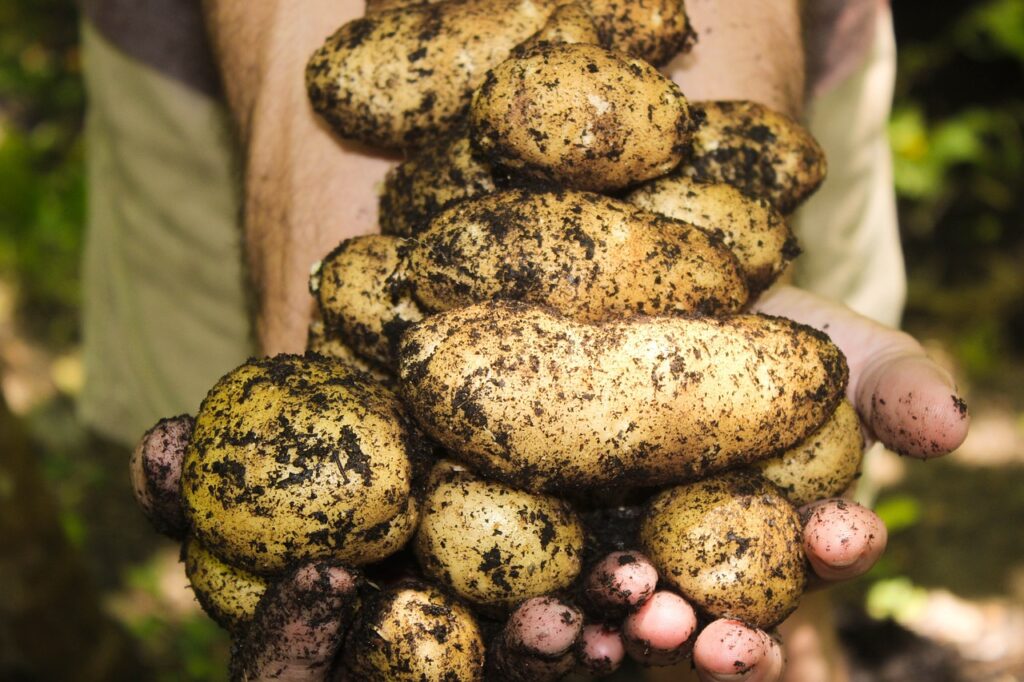
Another advantage of organic gardening is improving soil health. When you use natural methods, such as cover cropping and crop rotation, you promote biodiversity and create a balanced ecosystem. This leads to healthier plants, which are more resistant to pests and diseases. In turn, this reduces the need for chemical pesticides and herbicides, which can harm the environment and human health.
Additionally, organic soil is more absorbent and retains water better, which means less water is needed for irrigation.
Choosing the Right Location
Just like finding the right spot for your favorite armchair, location is key when it comes to growing a thriving garden.
The first thing to consider is sun exposure. Most vegetables, fruits, and herbs require at least 6 hours of direct sunlight per day. Make sure to choose a location that receives enough sun and avoid areas that are shaded by trees, buildings, or fences.
If you live in a hot climate, you might want to choose a spot that provides some shade during the hottest part of the day to prevent your plants from wilting.
The second thing to consider is drainage. Plants need water to grow, but too much water can drown their roots and cause them to rot. It’s important to choose a location with good drainage, meaning that water can easily flow away from the planting area.
Avoid areas that are prone to flooding or have poor drainage, such as low-lying areas or spots with compacted soil. If your garden is located on a slope, make sure to plant on the upper side of the slope to prevent water from pooling around the roots.
With these considerations in mind, you can choose the right location for your organic garden and set yourself up for success.
Soil Preparation and Maintenance
Now it’s time to get your hands dirty and start preparing and maintaining the soil for your new garden.
First things first, you need to assess the quality of your soil. Is it sandy, clayey or loamy? Once you know this, you can then determine what kind of soil amendments to add.
Composting techniques are an excellent way to enrich your soil. You can either create your own compost pile or purchase compost from a local garden centre. Compost is a natural fertilizer that improves soil texture, increases nutrient content, and promotes healthy plant growth. Other soil amendments to consider include peat moss, perlite, vermiculite, and aged manure.
Once you have added your soil amendments, it’s time to maintain your soil. Mulching is an excellent way to keep your soil healthy. Mulch helps to retain moisture, suppress weeds, and regulate soil temperature. You can use a variety of materials for mulching, such as straw, leaves, grass clippings, or wood chips.
It’s also important to monitor soil moisture levels. Overwatering can lead to root rot, while underwatering can cause your plants to wilt and die. A good rule of thumb is to water your plants deeply once a week, or when the top inch of soil is dry.
With proper soil preparation and maintenance, you can create a thriving organic garden at home!
Plant Selection and Care
As you select and care for your plants, remember that organic gardening emphasizes the use of natural methods to grow healthy plants.
One important aspect of this is plant propagation. Instead of buying plants from a nursery, try growing your own from seed or cuttings. This way, you can ensure that your plants are free from harmful chemicals and have been grown in a way that aligns with your organic principles. Plus, it’s a fun and rewarding process to watch your plants grow from tiny seeds into flourishing plants.
Another important consideration when selecting and caring for your plants is companion planting. This involves planting different species of plants together in a way that supports their growth and health.
For example, planting herbs like basil or rosemary near tomatoes can help to repel pests and improve the flavour of the fruit. Similarly, planting flowers like marigolds near vegetables can attract beneficial insects that help to pollinate and protect your plants.
By practicing companion planting, you can create a diverse and thriving garden that is not only beautiful but also supports the health of all your plants.
Natural Pest Control Methods
Using natural pest control methods is an effective way to maintain a healthy and thriving garden without relying on harmful chemicals.
Companion planting is one such method that involves planting certain crops next to each other to deter pests naturally. For instance, planting marigolds alongside vegetables can repel nematodes, while planting basil alongside tomatoes can keep whiteflies away. This method not only helps in controlling pests but also promotes biodiversity in the garden.
Another way to keep pests at bay is by using homemade repellents. These are natural solutions that can be made using household items such as garlic, pepper, and vinegar.
For instance, a garlic spray can be made by combining crushed garlic with water and spraying it on plants to repel aphids and spider mites. Similarly, a pepper spray can be made by mixing chili pepper with water and spraying it on plants to repel squirrels and rabbits.
Homemade repellents are not only cost-effective but also environmentally friendly, making them a great alternative to chemical pesticides.
Conclusion
Congratulations, you now have all the basic knowledge you need to start your own organic garden at home!
Remember, organic gardening is not only beneficial for your health, but it also helps protect the environment by reducing the use of harmful chemicals.
Just like a seed needs nurturing to grow into a beautiful plant, your garden needs your attention and care to thrive.
As you start your organic gardening journey, think of yourself as a gardener who is planting a seed of sustainability. You’re making a difference, one plant at a time, in creating a healthier and more sustainable world.
I once heard a story about a gardener who said, ‘A garden is not just a patch of earth, it’s a canvas where you paint your dreams.’
You too can create a beautiful canvas of your own by starting an organic garden. With patience, passion, and perseverance, you can grow your own fruits and vegetables, and enjoy the satisfaction of knowing that you’re contributing to a healthier planet.
So, what’re you waiting for? Grab your seeds, and your gloves, and let’s get started!






